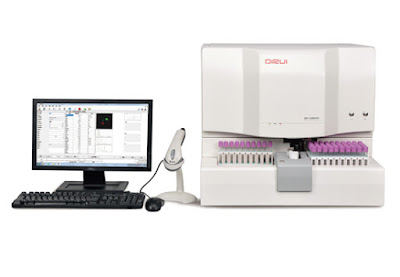How many of us remember the tilt-tube method for basic hemostasis testing? Fortunately, today’s instruments have automated most of these manual steps. However, until recently, assuring sample quality in the pre-analytical phase of testing had remained a manual process and had been difficult to implement and standardize.
Several questions must be considered when evaluating the integrity of a hemostasis sample: Is the sample tube under-filled? Is the sample hemolyzed, icteric, or lipemic? If so, do the levels of the interferent impact the testing results? Is there a clot in the sample?
All labs have policies on sample acceptance and rejection. Inappropriate rejection of acceptable samples—requiring redraw—directly impacts patient care, patient satisfaction, and cost. Failing to reject inappropriate samples can lead to the reporting of erroneous results, impacting the quality of patient care and associated cost. Let’s take a look at the most common pre-analytical quality issue culprits.
Source: MedicalLaboratoryObserver










